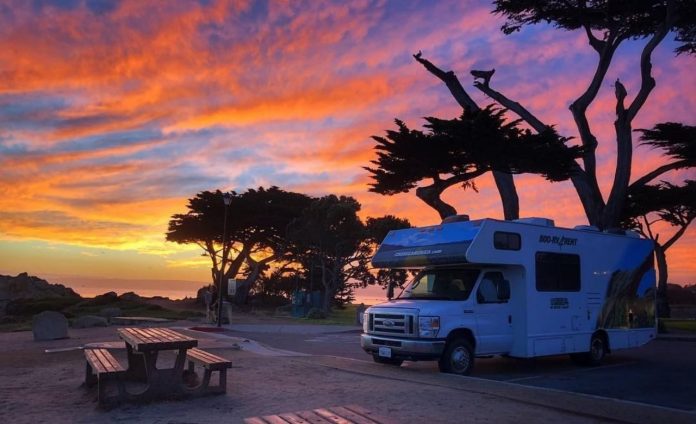As any road trip enthusiast knows, there’s nothing quite like the freedom of the open road. And when you hit the road in an RV, you have even more freedom, as everything you need for your trip, from food to accommodations, is in the vehicle with you.
That said, it doesn’t come without challenges. So before you get behind the wheel, it’s essential that you know how to plan an RV trip. Where will you stop? Where will you stay? How will you budget?
If you’re preparing to embark on an RV adventure, we’re here to help. Outlined below is a guide to planning an RV trip from start to finish, keep reading to learn everything you need to know!
1. Design Your Route
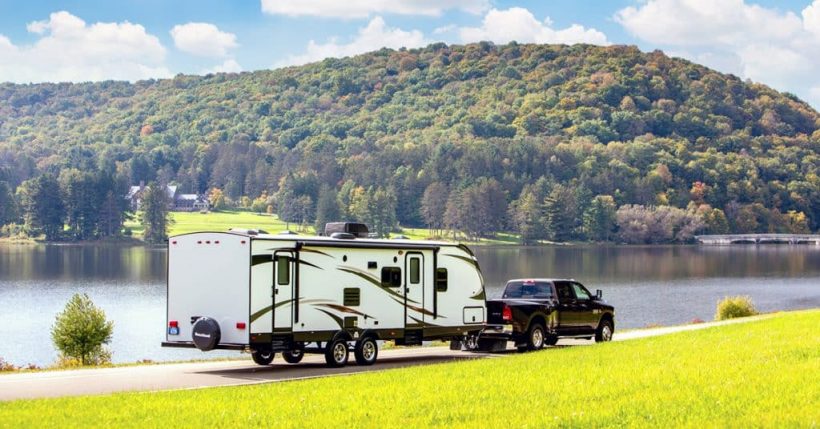
The first step in going on an RV trip is to plan your route. Now, there are going to be roadside attractions and unexpected stops along the way, but you need to have a general idea of where you’re going.
Open Google maps or your favorite road trip planner and input your location, as well as your destination. Mark your route and pick a few cities or attractions that you know you want to see.
At this point, it’s a good idea to map out your gas stops and campgrounds as well. You don’t have to know the exact gas stations at which you’ll stop, but the last thing you want to do is be 50 miles out in the middle of nowhere and run out of fuel.
Depending on the season you’re traveling, many campgrounds fill up weeks, even months, in advance. Go ahead and book your camping sites at each of your stops so that you don’t risk spending the night in an empty parking lot (unless that’s what you want to do).
2. Build a Travel Schedule
Now that you have your route and the stops you’ll make on the road, you need to build a travel schedule. This means creating a timeline of your trip to ensure that you have time to hit all of your must-sees and don’t fall behind and miss a campground reservation.
As we mentioned, certain campgrounds will fill up far in advance. For ease of planning, it’s best to plan your trip 6 months to a year in advance, especially if you want to stay in popular sites like national park campgrounds.
Be detailed, but leave a little wiggle room in your schedule. Trying to plan down to the minute is a recipe for disaster. Your main goal is to keep your driving days comfortable. Because, let’s be honest, stringing several 8-hour driving days together takes a lot of the fun out of road tripping.
Give yourself enough time to see everything you want to see. Stopping just for the night at a campground without any major attractions nearby is okay, but you’ll want at least a couple of days at a place you want to explore more thoroughly.
3. Set Your Budget
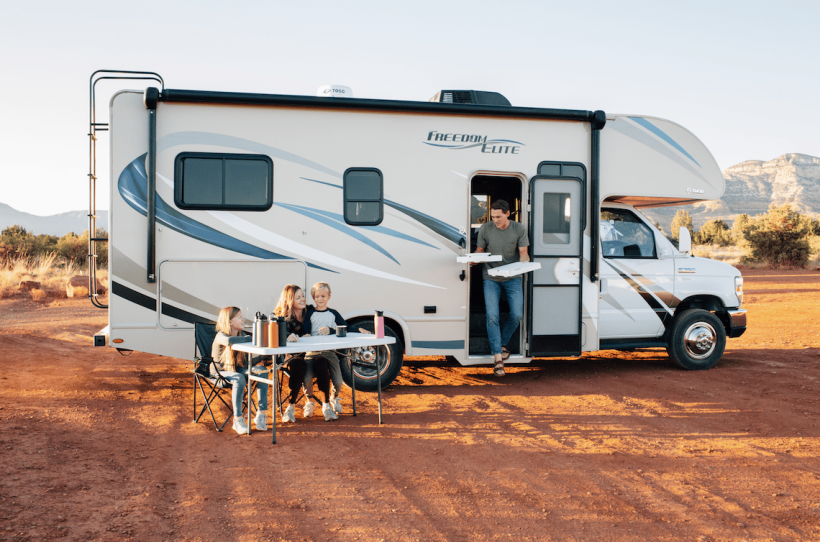
For Americans, a typical vacation costs over $1,000 per person. One of the benefits of going on an RV trip is that road trips are less expensive than most other types of vacations. However, that doesn’t mean that you shouldn’t plan your budget beforehand.
Between RV rental fees, fuel, campsite accommodation fees, food, sightseeing, and park entry fees, you have a lot to take into account with your budget.
The best way to go about budgeting is to start with an amount that you’re comfortable spending on your vacation. Then, allocate your funds to the different areas of your trip expenses. Keep your budget in your phone or in a planner you take with you on your trip to help yourself stick to it along the way.
4. Make a Packing List
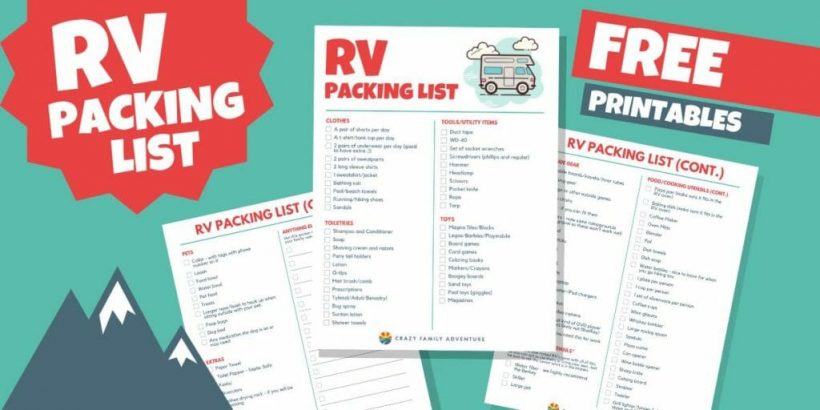
One of the best tips for planning an RV trip that we can give you is that it’s never too early to start your packing list. In fact, we recommend starting a checklist on your phone or computer as soon as you decide to go on the trip. That way, you can add to it and make adjustments as you think of things.
Your specific packing list will depend on the type of trip you’re taking. The longer the trip, the more items you’ll need. That said, there are a few essentials that every RV renter or owner needs to have on their list:
- Clothing
- Accessories
- Electronics
- Pots/pans
- Towels
- Bedding
- Pillows
- Toiletries
- First aid kit
As you design your packing list, consider the weather conditions, as well as any gear needed for certain attractions. Will you need warm or cold weather clothing? Maybe a little of both? Is rain gear a necessity? What types of activities will you participate in on your trip?
5. Choose the Right RV
If you already own an RV, great! You can skip this step. Otherwise, whether you’re renting or buying, you need to choose the right RV for your needs and preferences.
You can find RVs in all shapes and sizes, from the tiniest trailers to the largest motorhomes. Leisureland RV Center has a wide variety of options to choose from, allowing you to compare your options more closely. To learn more, click here.
Solo or couple travelers who don’t mind roughing it a little might get the most enjoyment out of a sleeper van, while those looking for a more luxurious vacation will prefer a Class A rig or large travel trailer.
Learn How to Plan an RV Trip to Have the Ultimate Vacation
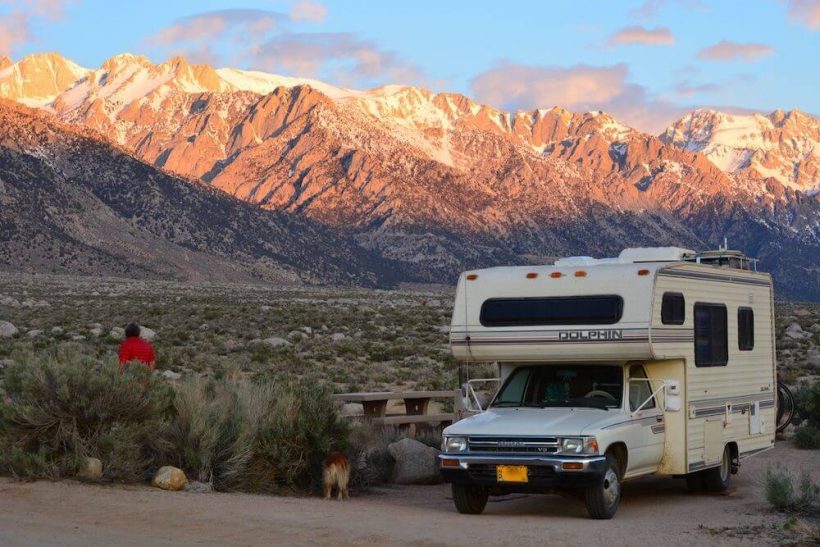
Every vacation requires a great deal of planning beforehand, but RV trips demand an even higher level of organization. You’re essentially going to be traveling in a moving condo, after all.
By learning how to plan an RV trip and using that knowledge to iron out every detail of your trip before you set off, you’ll get a greater amount of enjoyment out of your trip. You’ll be able to hit the open road stress-free, knowing you have all your bases covered.
Looking for more advice and ideas for getting the most out of your next vacation? Be sure to check out our blog!

